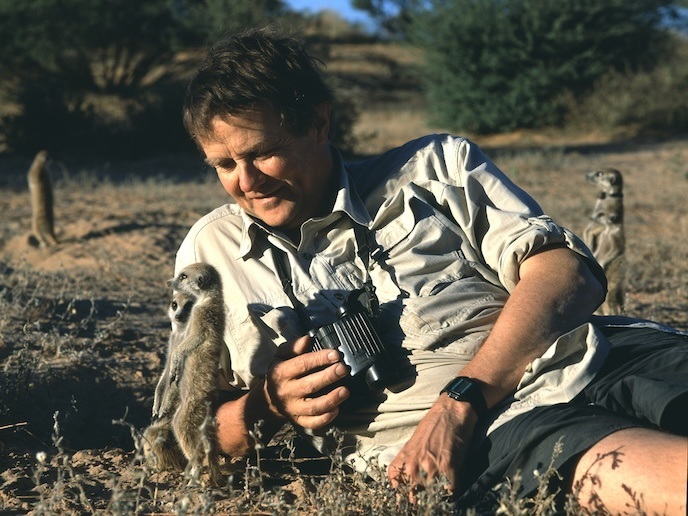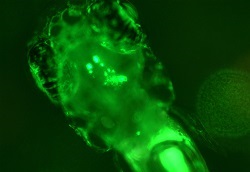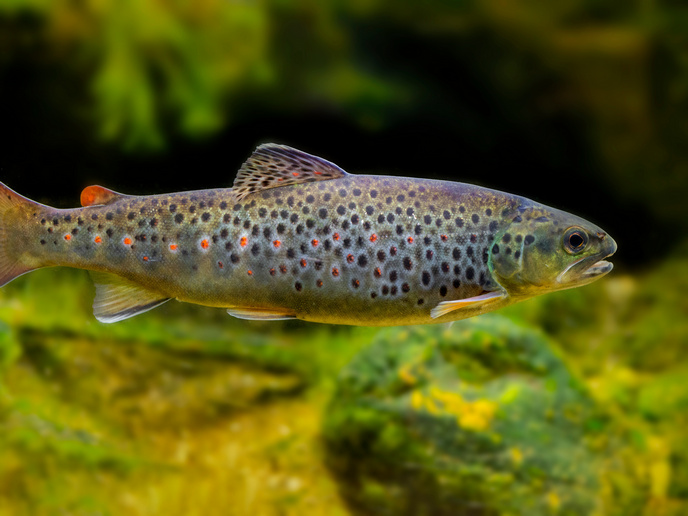The complete guide to study fossils in the making
The fossil record is the main window for studying the past biodiversity of our planet and faunal and floral changes associated with previous environmental shifts. However, there is a need to look beyond face value when reconstructing the past. The EU-funded LiveDeadFossil(opens in new window) project undertaken with the support of the Marie Curie programme turned to taphonomy, or the study of how fossil bones come to exist, to supply the answers. Doñana National Park – a diverse range of natural habitats As Dr Juan José Negro, project coordinator, together with Dr Catherine Badgley, external advisor, explains: “Doñana National Park, on the south coast of Spain, constitutes an extraordinary natural laboratory to carry out this type of study due to its rich biodiversity and variety of habitats – marshes, dunes, riverbanks, lake margins, shrubland, beach as well as woodland. It’s a restricted area devoted to conservation and research. Tourism takes place mainly in the periphery of the park.” “We carried out 2 field campaigns and sampled and analysed 33 transects belonging to 10 different habitats,” Dr Soledad Domingo, the Marie Curie fellow, told us. Altogether, they studied 3 796 bones belonging to 344 individuals to predict the environments favourable for creating fossils. Fossil-making steps Early destruction of bones usually comes from predators. Nevertheless, there is low predator pressure in Doñana ever since the extinction of the wolf in the 1950s, resulting in good preservation and high survival probability of bones compared to other natural areas. In any event, the team observed that the wild boar is a very frequent scavenger and bone modification agent. Of all the investigated habitats, prime locations for potential fossil formation at Doñana are the lake margin habitats. Here, bone remains are abundant and become buried relatively rapidly, particularly from trampling in soft wet substrate. Apart from offering important insights on fossilisation, recent death assemblage surveys are useful to track different aspects of living populations such as habitat change and resource utilisation, or mortality through time. They can therefore provide interesting information to conservation biologists and wildlife managers. “For example, we identified a specific area of the park preferred by male deer in the late winter in view of the high amount of shed antlers found there,” Dr Negro reveals. Wild territory Dr Domingo describes the adventure: “A lot of Doñana remains in wild conditions with no road or signs although thanks to technology, we got used to using offline maps saving a lot of time driving in the park. Negotiating loose sands in the vehicles also proved challenging, but working in these formidable landscapes was rewarding, not least for the amazing sunsets!" When not skidding through sand, the researchers investigated the transects on foot. Most of the bones found belonged to mammals weighing more than 5 kg, such as horses, cattle, wild boar, red deer and fallow deer. At the beach, they came across dolphin, sea turtle and whale bones. LiveDeadFossil was inspired by a 40-year-long running project in Amboseli National Park (Kenya) headed by vertebrate palaeontologist Anna K. Beherensmeyer. Dr Negro describes his vision: “We want the LiveDeadFossil project to become the seed of a similar long-term and powerful, taphonomic monitoring programme at Doñana National Park.”







